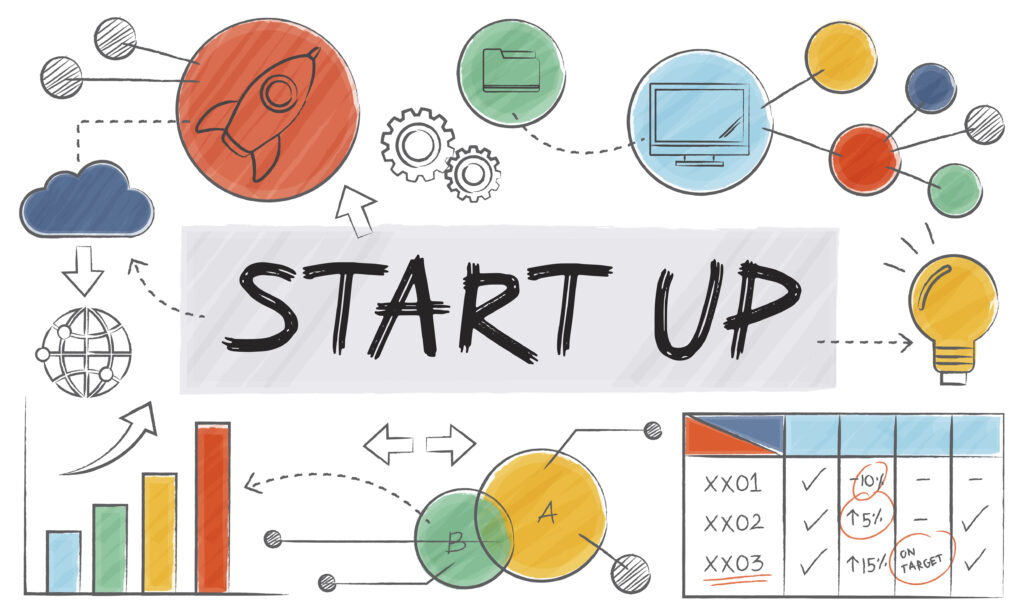
Don’t marry your ideas, think like an investor, remain objective, but don’t lose your passion.
Data is your guide. Get in the habit of using your own product on a daily or weekly basis. This way you’re putting yourself in your user’s shoes and will be able to spot problems early on. Making small measurable changes, testing often, and accordingly refining the software will prove a quicker way to build the right product. It will not only cost you a lot less but will also prove a quick way to building the right products.
The best way is to keep a balance. To be excited about your ideas but at the same time, unafraid to change them if data points to certain loopholes or weaknesses in them. It’s important to be self-aware when you’re using your product to make sure you’re self- aware of your own laziness or frustration that runs through your mind. It’ll help you spot problems in your product early on and make it easier to make changes to improve it. It can also give you new ideas for useful features.
Ask your users if they would use your product not just if he or she could use it. Figure out what their real habits and needs are. Observe them using yours and your competitors’ products at different stages of development.
It takes a team. Don’t underestimate the need for the right people in the right roles in order to measure the data, conduct your user testing, iterate on development, define the features, and coordinate the process. Take out the time to recruit these people, train them and design the right processes to be used.
Use existing data to validate claims and more importantly, get in the habit of testing certain beliefs with actual users and stop relying on opinions so much. Leverage timelines to your advantage, most projects in the software world are plagued with delays, usually because it’s hard to predict future outcomes. There are far too many variables to take into consideration. No matter what, expect to be off your early estimates so no matter what you do, you may be off by a few months.


